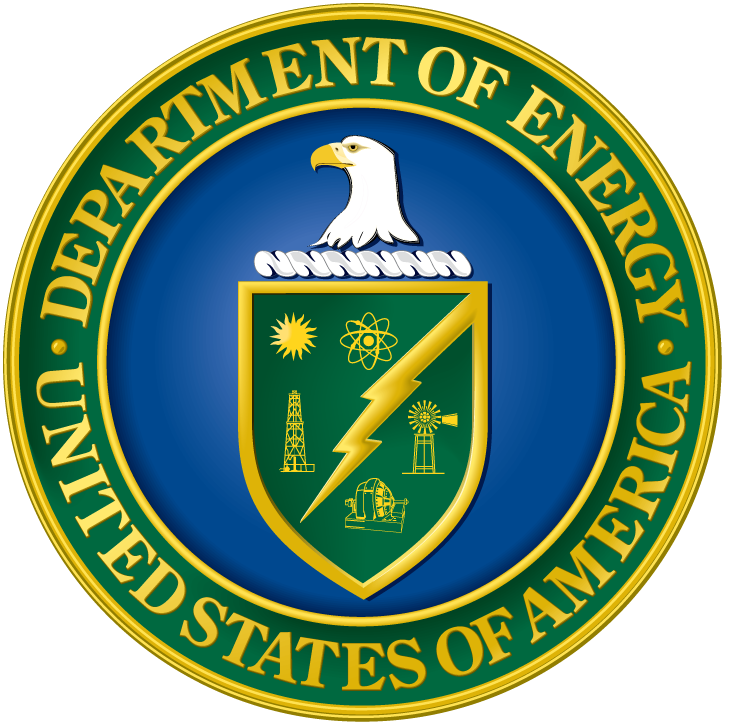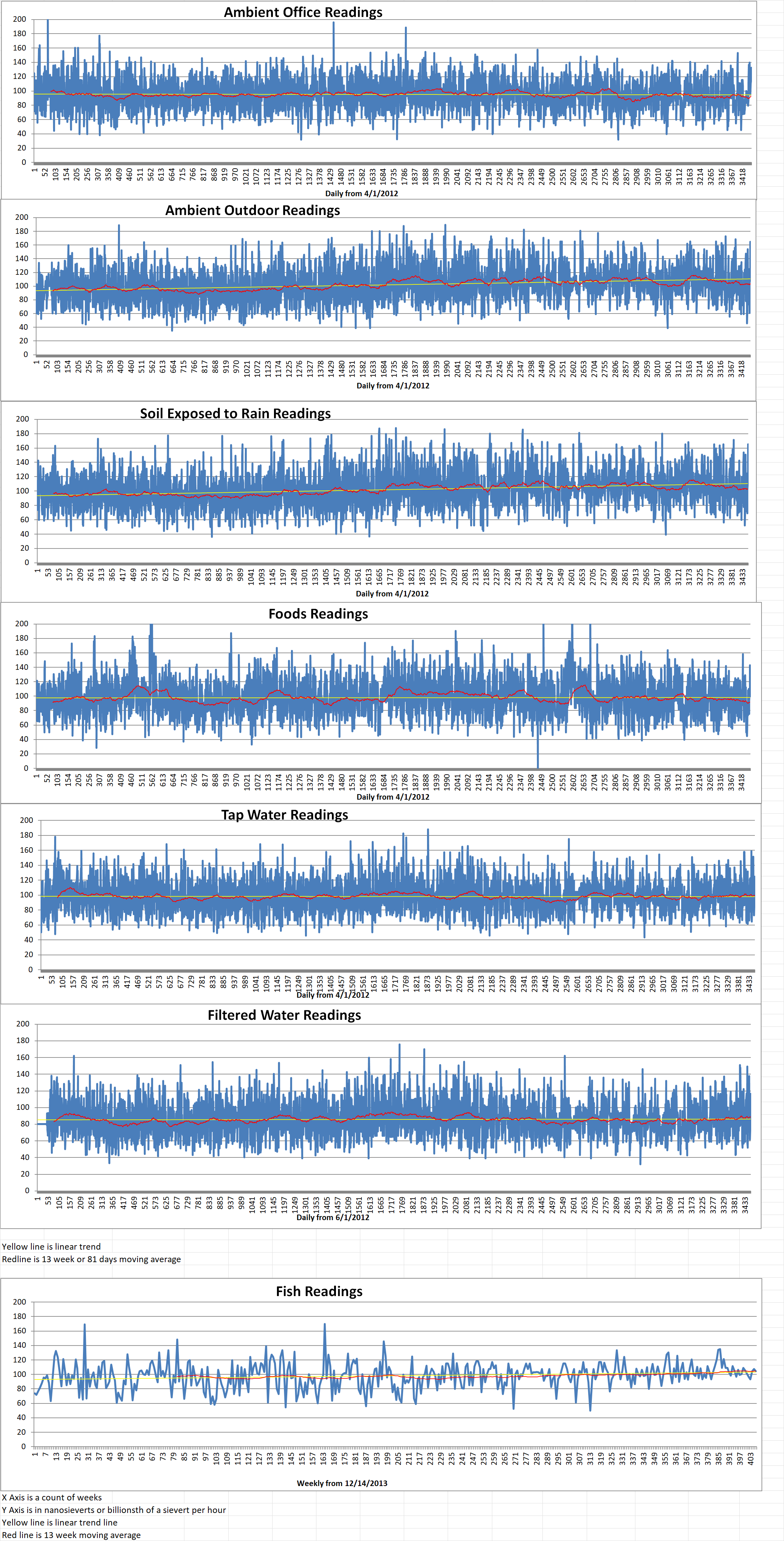Part 1 of 2 Parts
The U.S. Department of Energy’s (DoE) Advanced Reactor Demonstration Program (ARDP) is dedicated to help our domestic nuclear industry demonstrate their advanced reactor designs on accelerated time schedules. It is hoped that this will ultimately help us build a competitive fleet of new U.S. reactors that will offer significant improvements over today’s technology.
The advanced nuclear fission reactors which are selected for risk-reduction awards are an excellent representation of the diverse designs currently under development in the U.S. They vary from advanced light-water-cooled small modular reactors (SMRs) to new designs that utilize molten salts or high temperature gases to flexibly operate at even higher temperatures and lower pressures than current power reactors.
All of these new reactor designs have the potential to compete globally once they have been deployed and will offer consumers more access to a reliable, clear power source that can be depended on in the near future to flexibly generate electricity, drive industrial processes and even provide drinking water to communities with poor access to clean water.
Two ARDP demonstration projects are currently moving ahead as TerraPower and X-energy aggressively work with their teams to plan for and ultimately deliver operation reactors in the next seven years. Although these designs may be further along in the technology development process at this time, other domestic vendors need additional financial, technical and regulatory support to mature their designs.
Many companies don’t have access to the infrastructure, facilities and computer models needed to gather the data that’s required to prove to the NRC that these reactors work as designed. In order to lower this technology development risk, the DoE awarded thirty million dollars to five U.S. teams to address the technical, operational and licensing challenges that they currently face. The goal is to improve technological readiness and prepare these five companies for future demonstration, and eventual deployment.
Listed below are short descriptions of five U.S. designs that could be operational within the next fourteen years.
BWXT Advanced Nuclear Reactor
BWXT Technologies is working on a transportable microreactor that can function in off-grid applications and remote areas to produce 50 megawatts of thermal energy for deployment in the early 2030s. This high-temperature gas cooled reactor uses a different form of DoE’s TRISO fuel that contains a uranium nitride fuel kernel for better performance. The team will collaborate with the Idaho National Laboratory (INL) and the Oak Ridge National Laboratory (ORNL) to test and qualify the new TRISO fuel.
They will also focus on optimizing new manufacturing technologies that could help to cut the cost of microreactors in half. In addition, they will develop capabilities that could benefit other advanced reactor designs in the process.
eVinci Microreactor
Westinghouse Electric Company is also working on a transportable microreactor that can be installed on-site in under thirty days. The 15-megawatt thermal reactor utilizes TRISO fuel and a specialized heat pipe design to flexibly operate on a grid on in a remote location. The company will collaborate with Los Alamos National Laboratory, INL, and Texas A&M University to develop a small demonstration unit. This short term, two years project supports a larger effort by Westinghouse to demonstrate a prototype reactor by 2024. Full commercial deployment is targeted for the mid-to-late 2020s.
Please read Part 2 next
Blog
-

Nuclear Reactors 981 – U.S. Department Of Energy Funding 5 Advanced Reactor Demonstration Projects – Part 1 Of 2 Parts
-
Nuclear News Roundup Dec 20, 2021
Bruce 6 steam generators lifted into place world-nuclear-news.org
How a future U.S. president helped avert nuclear disaster near Canada’s capital cbc.ca
First batch of REMIX fuel begins trial world-nuclear-news.org
-

Geiger Readings for Dec 20, 2021
Ambient office = 133 nanosieverts per hour
Ambient outside = 165 nanosieverts per hour
Soil exposed to rain water = 165 nanosieverts per hour
English cucumber from Central Market = 108 nanosieverts per hour
Tap water = 125 nanosieverts per hour
Filter water = 116 nanosieverts per hour
-
Nuclear News Roundup Dec 19, 2021
Germany’s nuclear phase-out to continue permanent closure by year end business-standard.com
Ex-CEO won’t face charges in S.C. nuclear fraud case wmbfnews.com
Nuclear liability protocols ratified to strengthen compensation rights world-nuclear-news.org
Qatar invests in Rolls-Royce SMR world-nuclear-news.org
-

Geiger Readings for Dec 19, 2021
Ambient office = 123 nanosieverts per hour
Ambient outside = 129 nanosieverts per hour
Soil exposed to rain water = 131 nanosieverts per hour
Blueberry from Central Market = 143 nanosieverts per hour
Tap water = 87 nanosieverts per hour
Filter water = 77 nanosieverts per hour
-
Nuclear News Roundup Dec 18, 2021
Polish support for nuclear on a high world-nuclear-news.org
Export support for NuScale to Ukraine world-nuclear-news.org
‘Anti-5G’ necklaces are radioactive and dangerous, Dutch nuclear experts say theguardian.com
Europe Power Prices Surge to Record on French Nuclear Halts Bloomberg.com
-

Geiger Readings for Dec 18, 2021
Ambient office = 115 nanosieverts per hour
Ambient outside = 108 nanosieverts per hour
Soil exposed to rain water = 110 nanosieverts per hour
Avocado from Central Market = 86 nanosieverts per hour
Tap water = 76 nanosieverts per hour
Filter water = 86 nanosieverts per hour
Dover sole = 76 nanosieverts per hour
-

Nuclear Reactors 980 – Westinghouse Working On Licensing Of Its eVinci Microreactor
Westinghouse has submitted a pre-application regulatory engagement plan (REP) to the U.S. Nuclear Regulatory Commission (NRC) for its eVinci microreactor. The submission details the planning pre-licensing application interactions with the regulator. An REP aids reactor developers’ early interactions with NRC staff. It can reduce regulatory uncertainty and contribute predictability to licensing advanced technologies.
Michael Corletti is the Westinghouse Senior Director of Licensing and Advanced Reactors Engineering. In a letter dated November 15th to the NRC that accompanied the REP, he said, “This plan is an update to the version submitted in January 2020 and covers the planned pre-application interactions with the NRC in support of future Westinghouse eVinci microreactor license application(s).”
The letter continued, “The enclosed plan includes information on the basic design of the eVinci microreactor as well as the regulatory strategies envisioned including design, manufacturing, and transportation phases of deployment. The plan includes our proposal of key topic areas that we would like to address through pre-application interactions to allow both Westinghouse and the NRC to determine the most effective means to license the advanced eVinci microeactor design. Through these interactions Westinghouse will continue to update the NRC of our deployment plans as they evolve.”
REPs have no regulatory requirements. The guidelines note that the topics and appropriate level of detail a perspective applicant would wish to include are entirely voluntary. They should be agreed upon in discussions between the NRC and the applicant. Westinghouse said that “This regulatory milestone also sanctions substantial technology validation progress achieved on the overall development plan of eVinci micro-reactors.”
Westinghouse describes the eVinci microreactor as a “small battery” for decentralized generation markets and for microgrids. These applications include remote communities, remote industrial mines and critical infrastructure. The nominal five megawatts heat pipe reactor has a heat capacity of fourteen megawatts. It features a design that Westinghouse claims provides competitive and resilient power as well as superior reliability with minimal maintenance. It is small enough to allow for standard modes of transportation. This means that it is suitable for remote locations and rapid, on-site deployment. These features make it a viable option for mines and remote and off-grid communities.
David Durham is the President of Westinghouse energy systems. He says that “This action brings us closer to commercializing eVinci reactors by the end of this decade.”
Westing house applied to the Canadian Nuclear Safety Commission (CNSC) for a pre-licensing vendor design review (VDR) of the eVinci on February 18th. The CNSC offers the pre-licensing VDR as an optional service in order to provide an assessment of nuclear power plant design based on a vendor’s reactor technology. It is not a require part of the licensing process for a new nuclear power plant. However, it aims to verify the acceptability of a design with respect to Canadian nuclear regulatory requirements and expectations.
Many critics of the small modular reactors such as the eVinci say that the cost of these reactors will exceed the fractional cost of traditional power reactors that they will replace. -
Nuclear News Roundup Dec 17, 2021
Iran explosion near Natanz nuclear facility a controlled test Aljazeera.com
Ownership change involving parent company for Ginna Nuclear Power Plant wxxinews.org
Egypt, IAEA discuss cooperation in nuclear security middleeastmonitor.com
Defueling of Pilgrim completed in record time world-nuclear-news.org
-

Geiger Readings for Dec 17, 2021
Ambient office = 111 nanosieverts per hour
Ambient outside = 105 nanosieverts per hour
Soil exposed to rain water = 102 nanosieverts per hour
Yam from Central Market = 103 nanosieverts per hour
Tap water = 89 nanosieverts per hour
Filter water = 75 nanosieverts per hour
